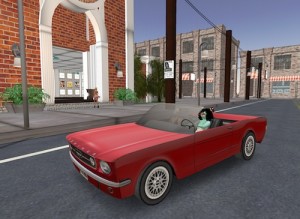 Tateru Nino has a great piece on Linden Lab’s announcement that they are selling Second Life bundled with packages of content. Read it for yourself – I don’t think it’s possible for me to agree more with Tateru’s view on the silliness of the move – particularly the vehicle packages.
Tateru Nino has a great piece on Linden Lab’s announcement that they are selling Second Life bundled with packages of content. Read it for yourself – I don’t think it’s possible for me to agree more with Tateru’s view on the silliness of the move – particularly the vehicle packages.
Do you agree?
[Pic via http://haydenpowick.wordpress.com]

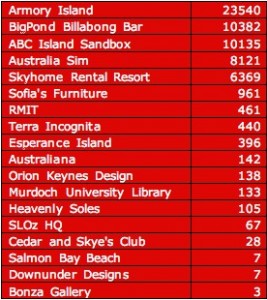

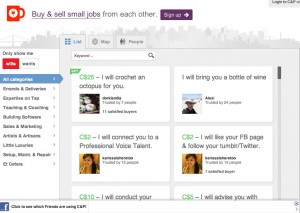

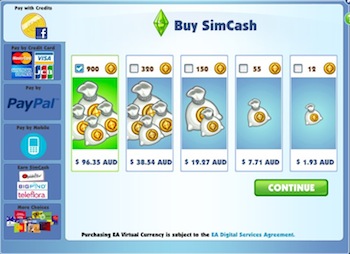


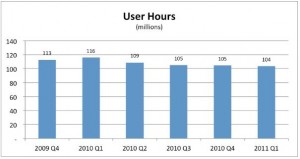

Recent Comments